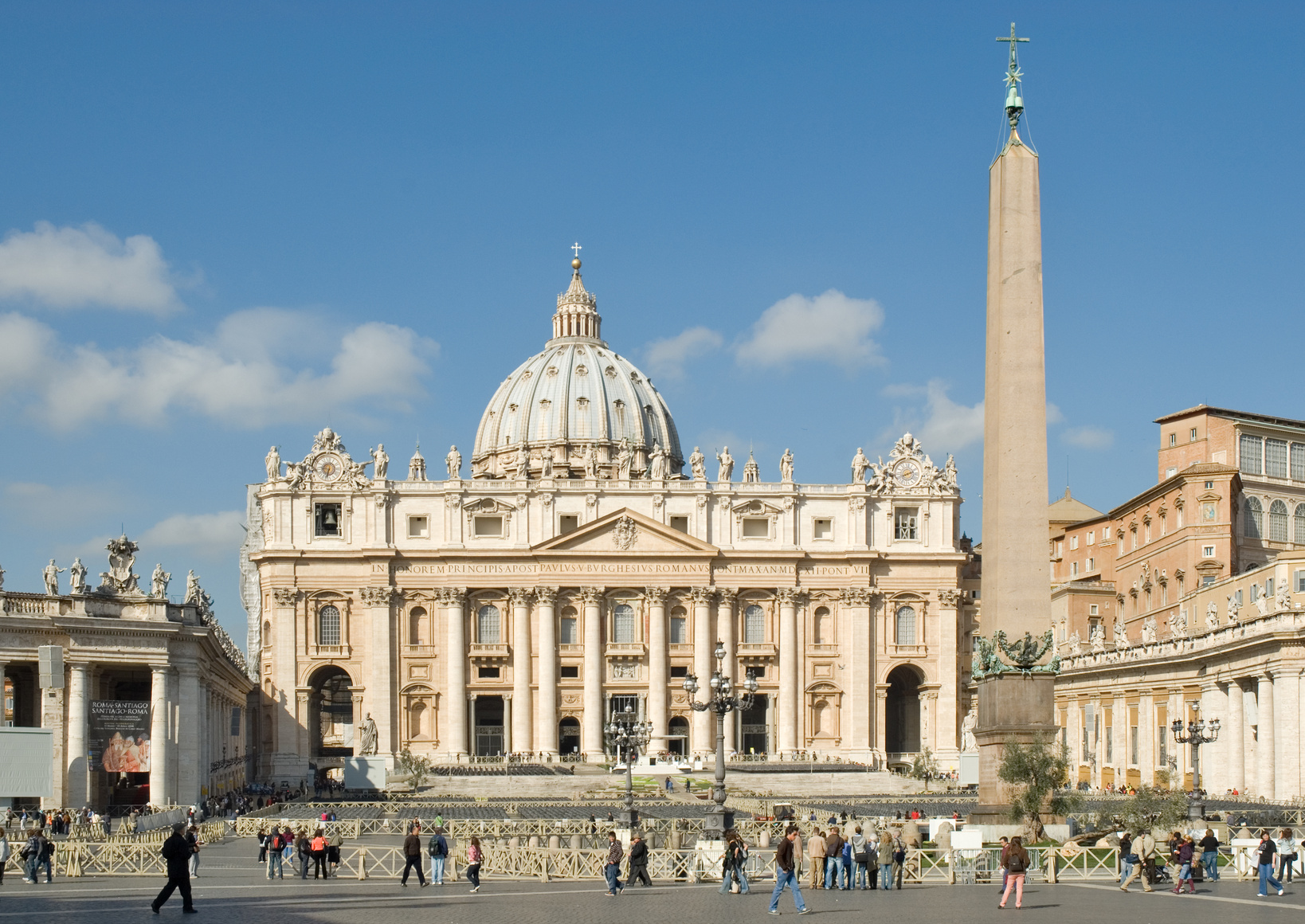The mosaics of Ravenna are the finest examples in Western art. Remarkably well preserved, their sheer opulence overwhelm all who visit them. Spending a day discovering the symbolic world of the Byzantine civilisation through the beautiful mosaics of Ravenna with an expert local guide will provide memories that will last a lifetime. For further information on Private Tours of Ravenna
The most important mosaic sites in Ravenna are as follows:
The Mosaics of the Basilica of San Vitale, Ravenna
Built in the 6th century, the architectural space of the interior is highly suggestive and through the use of full and empty spaces, of curved and plain surfaces giving place to alternating lights and shadows, which together with the colour effects of the mosaics creates a sense of extraordinary lightness.
The Mosaics of the Mausoleum of Galla Placida, Ravenna
Built a century prior to the San Vitale, the mausoleum was built to house the remains of Galla Placida who had led an adventurous life as the daughter of Emperor Theodosius. Over the centuries the building has sunk at least 1.5 metres, loosing its original plan and form.
But upon entering the Mausoleum all this forgotten as the visitor is overwhelmed by magnificence of the mosaic decorations and of the mosaic scenes, the rich marble decorations, and especially by the unreal atmosphere in which you suddenly find yourself immerged within.
The Mosaics of Sant' Apollinare Nuovo, Ravenna
Constructed by Theodoric, dating back to the 5th century. The building contains mosaics of two very different styles: the Theodorican period mosaics reflect the influence of Greek-Roman taste characterized by the plasticity of the figures and by the realism of gestures and of the scenery.
While the Justian mosaic workers around 50 years later expressed themselves by means of canons of different conceptions of art, that is called Byzantine, that tends to stylise, to immaterialise and therefore spiritualise the figures that are now placed in an unreal atmosphere that's form is more related to abstract musical rhythms.
The Mosaics of the Baptistery of the Arians, Ravenna
Although the building has gone through hard times over the centuries, the internal dome and its precious mosaics remain intact. Theodoric was the last great assertor of the Arian cult, and probably this was the place where the last Arian affirmation was celebrated. The decorative scheme of the mosaic of the vault is made up of a central medallion framed by a frieze and by a large spherical zone.














